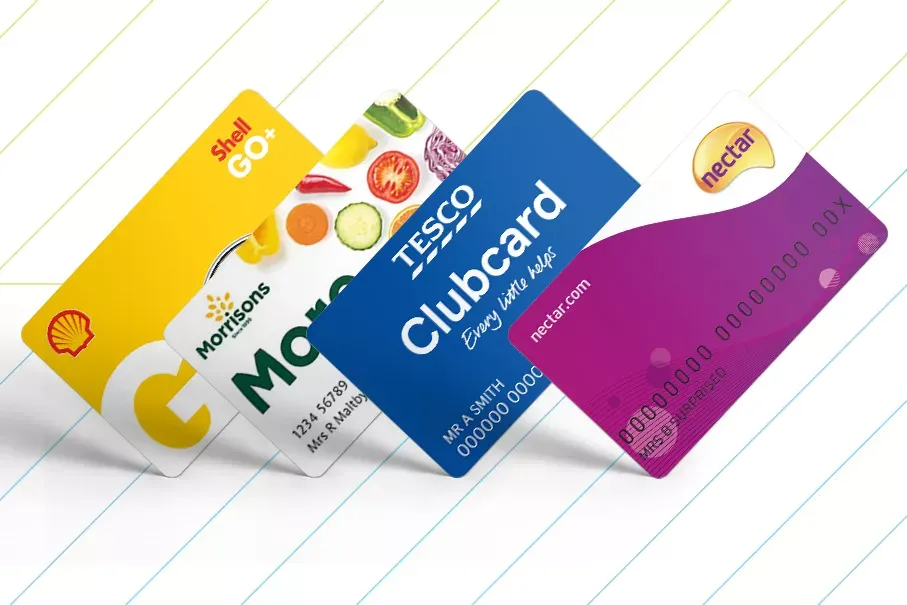
The government establishes advisory fuel rates (AFRs) to make it easier for businesses to pay for or receive reimbursement for the fuel used by company vehicles. The mileage charges only apply when an employee must reimburse the firm for personal travel in a company vehicle or when an employer must reimburse an employee for business travel in a company car/van. But how does it work?
Why are there AFRs
The purpose of AFRs is to assist businesses in adhering to the regulations governing tax and Class 1A National Insurance expenditures when it comes to fuel for company vehicles.
HMRC does not force employers to pay Class 1A National Insurance when paying employees for fuel used on business trips as long as the rate is no greater than the AFR for the vehicle in issue, and it is also acknowledged that no taxable profit was made. However, if a lower rate is necessary, a business is also permitted to adopt its own rate. For instance, if it is determined that the firm's vehicles are more fuel-efficient than the AFR estimates, the company may decide to reimburse for less than the AFR estimates.
Additionally, it is possible to repay more than the AFR. In this instance, it must be shown that the cost per mile was in fact greater than the recommended rate.
Similarly, for HMRC to recognise that there is no fuel benefit fee when an employee is compelled to reimburse petrol costs for personal excursions conducted in a work car, the price paid must be at the AFR or above.
However, the AFR is not enforceable where it can be shown that the amount paid by the employee fully covers all personal fuel expenses, even if it is less than the recommended rate.
Reimbursing employees
There will be no taxable profit and no Class 1A National Insurance to pay if the mileage rate you pay does not exceed the recommended fuel rates for the engine size and fuel type of the company car.
You can use your own rates to reflect your circumstances if your vehicles are more fuel-efficient or if the cost of business travel is higher than the recommended rates.
If the mileage payments are only for business travel and you pay the advised rates above but cannot demonstrate that the fuel cost per mile is higher, there won't be a fuel benefit fee. Any surplus must instead be viewed as taxable profit for tax purposes as well as earnings for Class 1 National Insurance purposes.
How are the rates calculated
HMRC evaluates quarterly rates on:
- 1 March
- 1 June
- 1 September
- 1 December
According to manufacturer data and annual sales to businesses (Fleet Audits average 2019 to 2021) the mean miles per gallon (MPG) is calculated.
Due to reduced volumetric energy density, liquefied petroleum gas (LPG) has an MPG that is 20% lower than that of petrol.
Although the final advised petrol prices are rounded to the nearest whole penny, the "rates per mile" derived in these tables are displayed with one decimal point.
The current rates listed on the Gov.co.uk are:
Petrol
|
Engine size (cc) |
Mean MPG |
Fuel price (per litre) |
Fuel price (per gallon) |
Rate per mile |
Advisory fuel rate |
|
Up to 1400 |
51.9 |
144.7 pence |
657.6 pence |
12.7 pence |
13 pence |
|
1401 to 2000 |
44.1 |
144.7 pence |
657.6 pence |
14.9 pence |
15 pence |
|
Over 2000 |
28.8 |
144.7 pence |
657.6 pence |
22.8 pence |
23 pence |
Diesel
|
Engine size (cc) |
Mean MPG |
Fuel price (per litre) |
Fuel price (per gallon) |
Rate per mile |
Advisory fuel rate |
|
Up to 1600 |
60.7 |
155.5 pence |
707.1 pence |
11.7 pence |
12 pence |
|
1601 to 2000 |
49.8 |
155.5 pence |
707.1 pence |
14.2 pence |
14 pence |
|
Over 2000 |
38.8 |
155.5 pence |
707.1 pence |
18.2 pence |
18 pence |


